Information technology, or IT, forms the backbone of our digital world. But what exactly does IT involve? It encompasses a wide range of technologies and processes that help us manage, process, and communicate data. From hardware and software to cloud services and cybersecurity, IT is integral to modern life. This guide will delve into what IT’s is, why it’s essential, and the diverse career paths available in this field.
What IT Encompasses
Information technology is more than just a term for computers. It refers to the entire ecosystem of technologies used to handle data. This includes physical hardware, software applications, and various services. Essentially, IT covers all the tools and techniques that make it possible to store, process, and exchange information effectively.
Types of Information Technology
Information technology can be divided into several key categories:
- Hardware: The tangible components of computers and devices, such as CPUs, servers, and peripheral devices.
- Software: The programs and applications that run on hardware, including operating systems, productivity tools, and specialized software.
- Networking: The infrastructure that connects devices and enables communication, like the internet and local networks.
- Cloud Services: Online platforms that provide data storage and application access via the internet.
- Cybersecurity: Measures and technologies designed to protect data and systems from unauthorized access and cyber threats.
These categories form the foundation of IT systems, supporting everything from personal devices to large-scale corporate networks.
The Importance of IT
Understanding the importance of IT is crucial. IT revolutionizes how we work, communicate, and live. Here’s why it’s so vital:
- Enhanced Efficiency: IT streamlines business processes, automates routine tasks, and facilitates data-driven decision-making.
- Global Connectivity: IT enables instant global communication through emails, video conferencing, and social media.
- Effective Data Management: IT systems help organizations manage vast amounts of data securely and retrieve it quickly.
- Innovation Driver: IT fuels technological advancements, from artificial intelligence to blockchain and beyond.
In short, IT is not just a support function but a fundamental element of contemporary business and personal life.
Real-World Examples of IT
IT is embedded in countless aspects of everyday life. Here are some examples:
- Smartphones: These devices incorporate various IT elements, including operating systems and cloud storage.
- Cloud Services: Platforms like Dropbox and Google Drive offer convenient file storage and access solutions.
- Cybersecurity Measures: Tools such as antivirus software and firewalls help safeguard digital information.
- Databases: Large organizations rely on databases to manage and secure critical information.
These examples highlight how deeply IT integrates into our daily routines and business operations.
Distinguishing Software from Hardware
It’s essential to understand the difference between hardware and software in IT:
- Hardware refers to the physical parts of a computer or device, such as the motherboard, hard drive, and keyboard.
- Software consists of the digital programs and applications that operate on hardware, enabling tasks like web browsing or document editing.
Imagine hardware as the physical vehicle, while software is the engine that makes it go. Both are essential for IT systems to function properly.
The Concept of Abstraction in IT
Abstraction in IT means simplifying complex hardware and software systems to make them more user-friendly. For example, using an application on a smartphone doesn’t require understanding its underlying code. This layer of abstraction allows users to interact with technology more easily and efficiently.
Comparing IT and Computer Science
While IT and computer science are related, they focus on different areas:
- Information Technology involves the practical use and management of existing technologies to solve problems and improve processes.
- Computer Science is focused on creating new technologies through research, programming, and development.
In essence, IT applies and manages current technologies, whereas computer science is about developing new ones.
Exploring Careers in IT
A career in IT offers numerous opportunities across various sectors. Some common roles include:
- Network Administrators: Responsible for managing and maintaining network systems.
- Systems Analysts: Evaluate and improve IT systems to meet organizational needs.
- Cybersecurity Specialists: Protect information and systems from cyber threats and breaches.
- Database Administrators: Oversee data storage and security within databases.
These roles offer excellent career prospects, with opportunities in virtually any industry.
Essential IT Skills and Certifications
To excel in IT, possessing the right skills and certifications is crucial. While degrees in IT are valuable, certifications can further enhance your expertise. Notable IT certifications include:
- CompTIA A+: Covers essential IT skills, including troubleshooting and system maintenance.
- Cisco Certified Network Associate (CCNA): Focuses on networking principles and management.
- Certified Information Systems Security Professional (CISSP): Specializes in advanced cybersecurity practices.
Certifications validate your skills and commitment to continuous professional growth in IT.
Read More: In-Depth Guide to Machine Learning Research Topics: Latest Trends and Innovations
Conclusion
In today’s interconnected world, information technology is indispensable. IT shapes how businesses operate, communicate, and innovate. Whether you’re exploring IT as a career or seeking to understand its impact, it’s evident that information technology is a key driver of progress and modern living.









